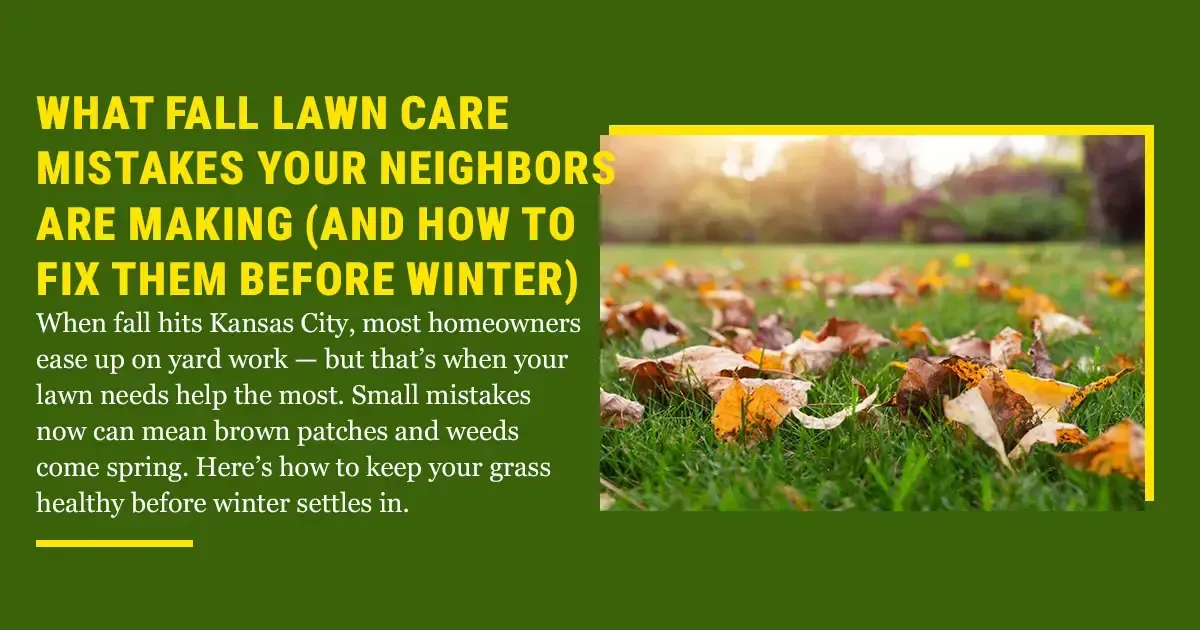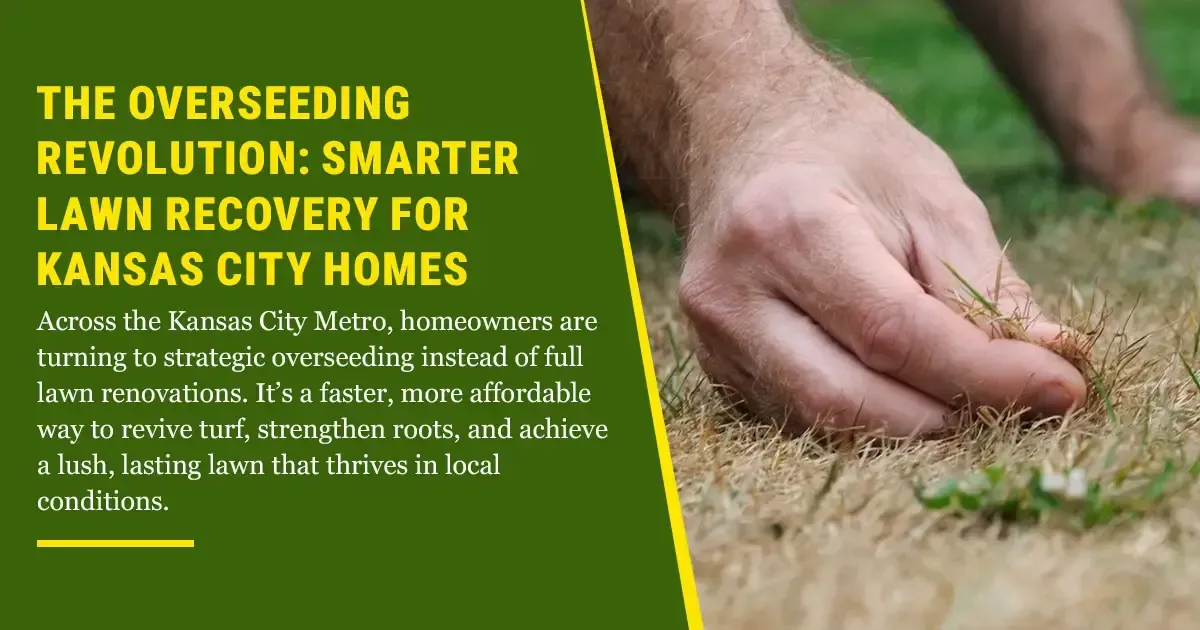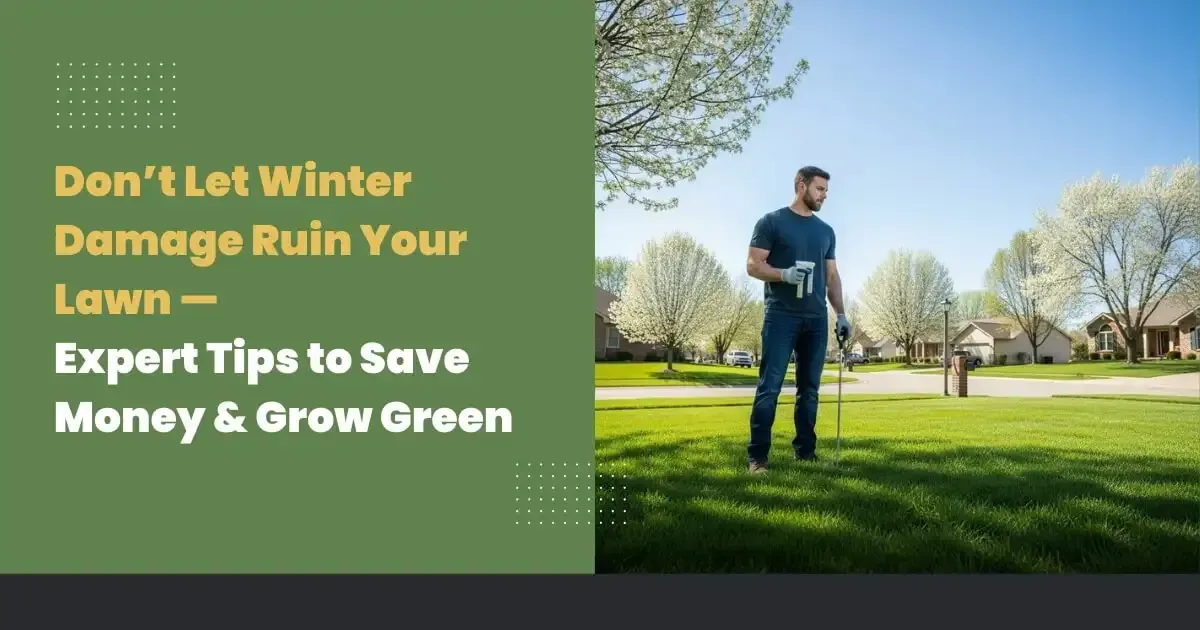Safe and Accessible Lawn Care for Elderly Residents
Creating Safe Havens: How Hazard-Free Lawn Care Enhances Elderly Safety
Ensuring safe outdoor spaces is not just about creating beautiful landscapes—it’s about protecting lives, particularly those of our senior community. For many elderly residents, the yard serves as a cherished space for relaxation, social interaction, and gentle exercise. However, when hazards lurk amidst the greenery, these serene spaces can quickly become dangerous. Addressing both the physical and emotional impacts of unsafe outdoor environments is essential to promoting the well-being of our aging population.
The Reality of Lawn-Related Hazards
For many seniors, enjoying fresh air and nature is a daily ritual that boosts their physical and mental health. However, unsafe lawns often become catalysts for accidents. Improper lawn maintenance contributes to fall-related injuries among seniors, leading to increased hospital visits and diminished quality of life.
The Impact of Unsafe Outdoor Spaces
Poorly maintained lawns hide numerous dangers such as uneven surfaces, debris buildup, and worn-out walkways. A fall can result in severe injuries like fractures or head trauma, and the emotional fear of falling again can severely restrict outdoor activity. Beyond physical harm, financial strain from medical bills and the need for long-term care can also arise.
Understanding the Complexities of Safe Lawn Care
Common Landscaping Hazards and Their Hidden Risks
Everyday hazards like uneven ground, overgrown shrubbery, and improperly installed decorative features can go unnoticed but pose serious risks. Proper lawn maintenance—including inspecting walkways, trimming vegetation, and repairing surfaces—is crucial for creating a secure environment.
The Financial and Emotional Toll
Injuries can lead to cascading financial and emotional consequences, from costly medical bills to loss of independence and social withdrawal. Preventing these outcomes starts with a comprehensive lawn care strategy focused on safety and accessibility.
Comprehensive Solutions for a Secure Garden
Scalable Lawn Care Solutions Tailored for Security
- Inspection and Assessment: Conduct a thorough inspection for immediate risks.
- Repair and Restore: Fix broken steps, resurface pathways, and ensure proper drainage.
- Maintenance Schedule: Implement seasonal maintenance to manage new hazards.
- Lighting and Visibility Enhancements: Install solar-powered pathway lights for improved nighttime safety.
- Adjust Landscaping Elements: Trim low-lying plants and ensure structural stability of garden features.
Practical Tips to Implement Safety Measures
- Maintain clear walkways free of debris.
- Apply non-slip treatments on moisture-prone surfaces.
- Prune regularly to enhance visibility.
- Use contrasting colors to improve step visibility.
Professional guidance from experts like Lawnscape Specialists ensures that all adjustments enhance both beauty and security seamlessly.
Steps Towards Achieving a Safer Outdoor Space
Your Safety Checklist for an Accessible Lawn
- Walk through the lawn during different times of day to spot hazards.
- Evaluate walkways and entry points for uneven surfaces.
- Install energy-efficient lighting.
- Clear and maintain surrounding plantings.
- Inspect hardscape elements and outdoor furniture for stability.
- Implement regular seasonal maintenance routines.
- Schedule professional safety evaluations.
The Broader Benefits of a Safe Outdoor Environment
A hazard-free lawn supports elderly independence, encourages outdoor activity, and reduces healthcare costs. It also enhances neighborhood appeal and property value, benefiting the wider community.
Real-Life Examples and Expert Advice
Communities that prioritize safe landscaping practices report decreased fall incidents and greater resident confidence. Regular inspections, timely repairs, and professional insights lead to year-round improvements in safety and quality of life.
Creating a Community of Safe Outdoor Spaces
Individual efforts contribute to safer neighborhoods. Community-wide education, support initiatives, and landscaping improvements foster environments where seniors thrive outdoors confidently.
Frequently Asked Questions
What are the most common hazards found in elderly lawns?
Common hazards include uneven paths, obstructed walkways, slippery surfaces, and unstable decorative elements.
How often should I schedule maintenance for a hazard-free lawn?
Conduct seasonal inspections and perform monthly maintenance for optimal safety.
Are energy-efficient lighting options effective for enhancing outdoor safety?
Yes, LED and solar lighting improve visibility and contribute to a safer outdoor environment.
Can I implement these safety measures on a tight budget?
Yes, many improvements like trimming, clearing debris, and non-slip treatments are low-cost solutions.
What role do professional landscapers play in ensuring lawn safety?
Professional landscapers identify hidden risks and design comprehensive safety solutions tailored to your specific property needs.
Conclusion
Safe outdoor spaces are vital for senior well-being. Regular maintenance, thoughtful design, and professional landscaping services can transform any lawn into a secure, welcoming haven. By prioritizing safety today, homeowners create lasting impacts on their families and communities.
Ready to create a safer, more beautiful outdoor space? Contact Lawnscape Specialists today for a personalized lawn safety assessment. Proudly serving Washington, Missouri and surrounding areas—your trusted partner in hazard-free lawn care!
Author: Lawnscape Specialists Team










